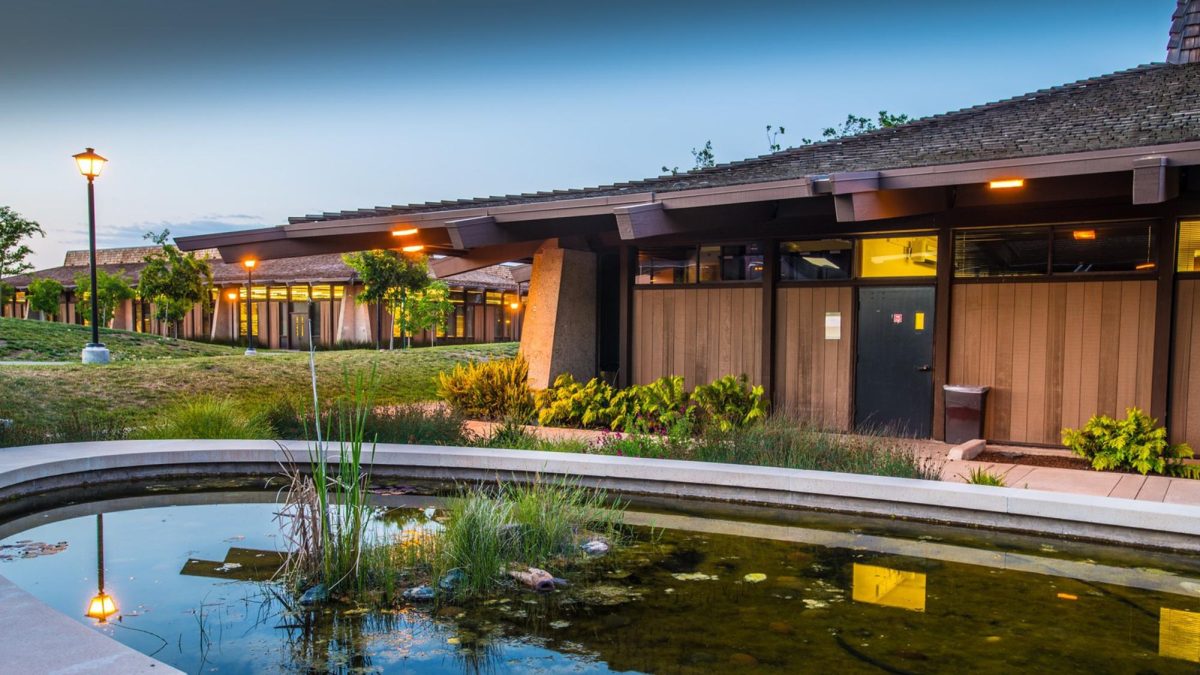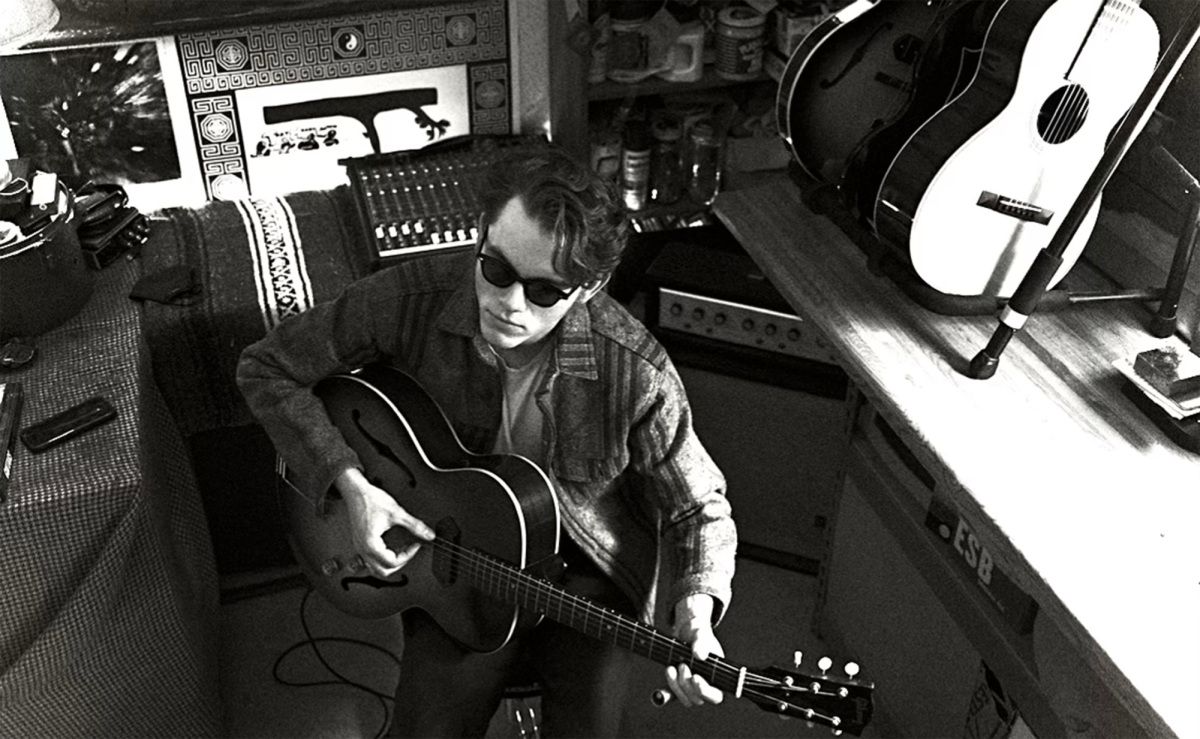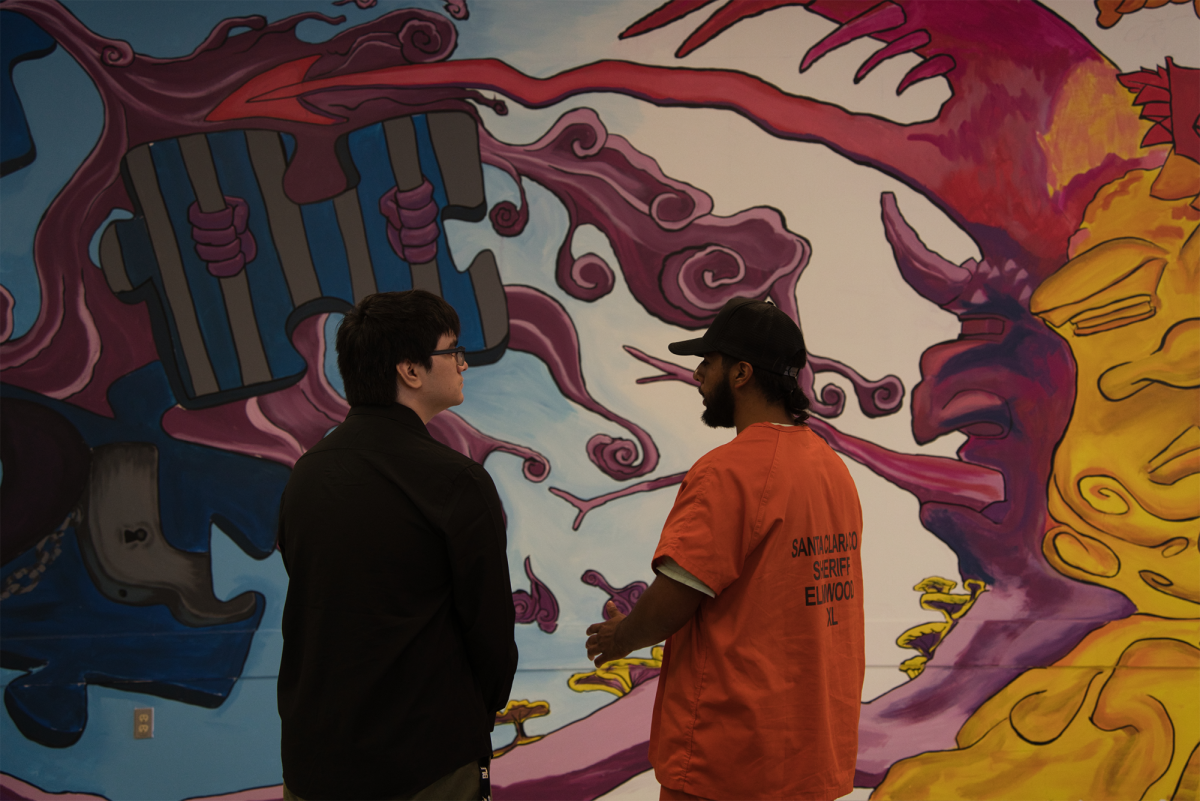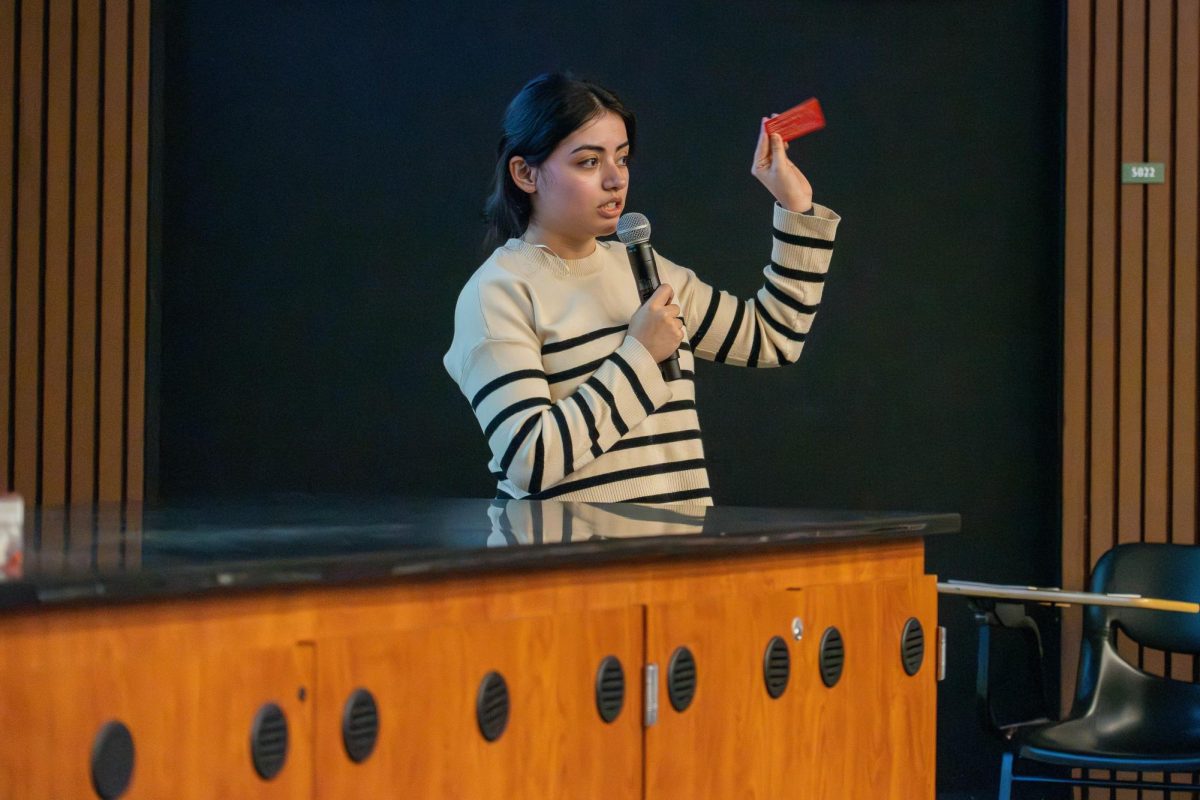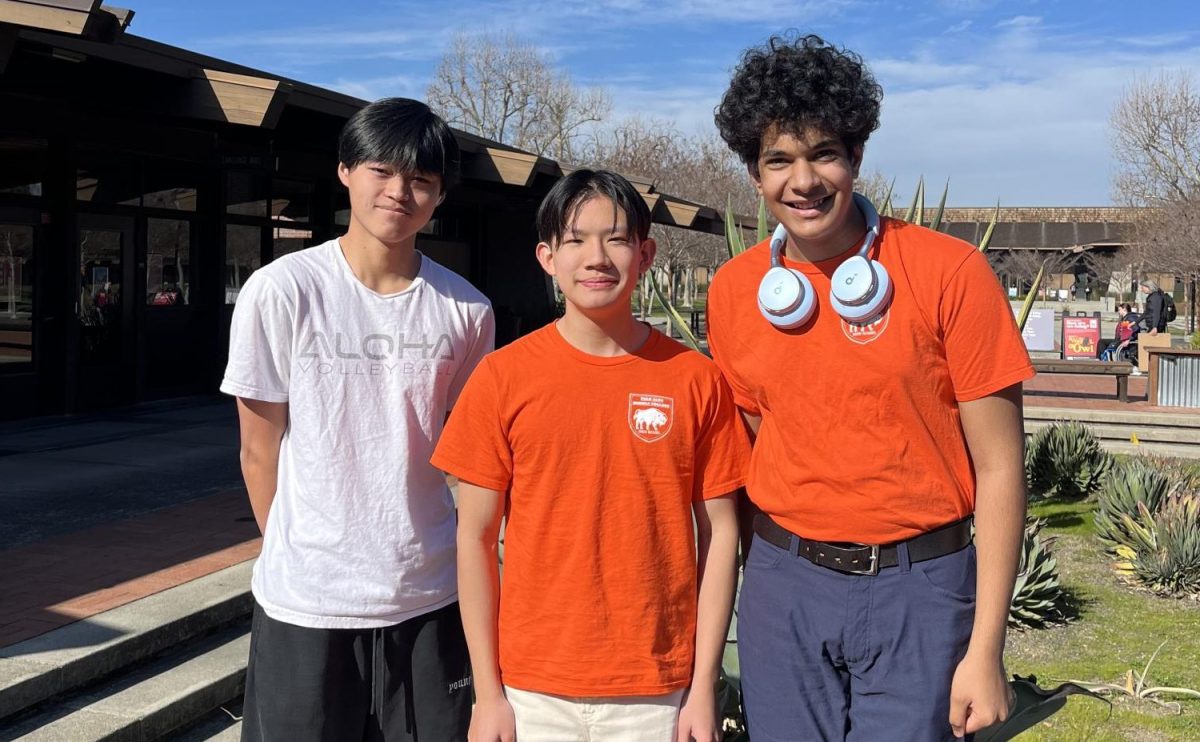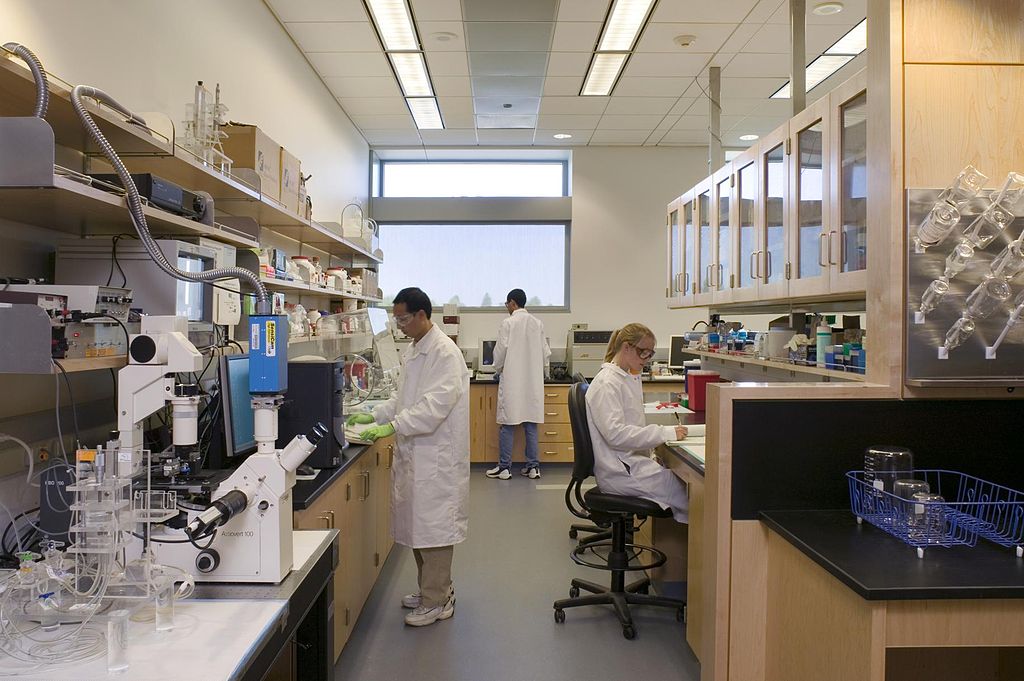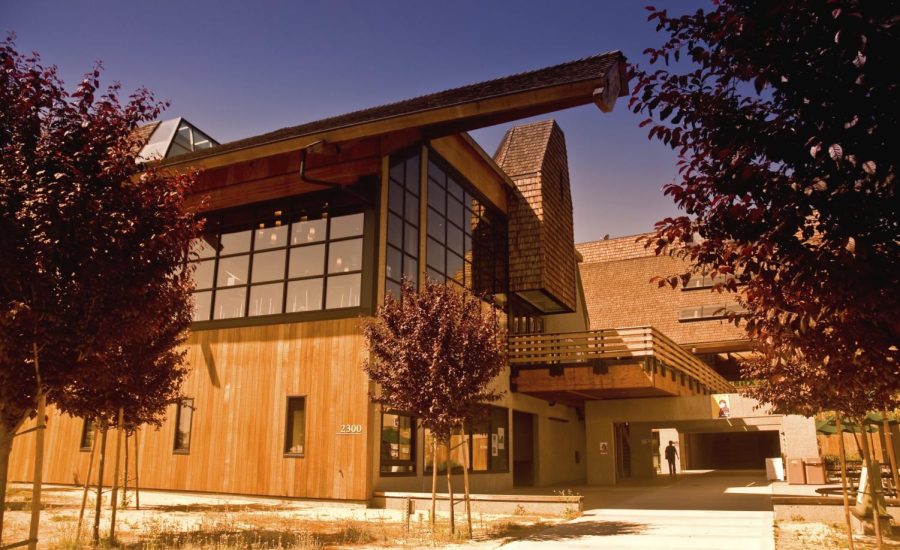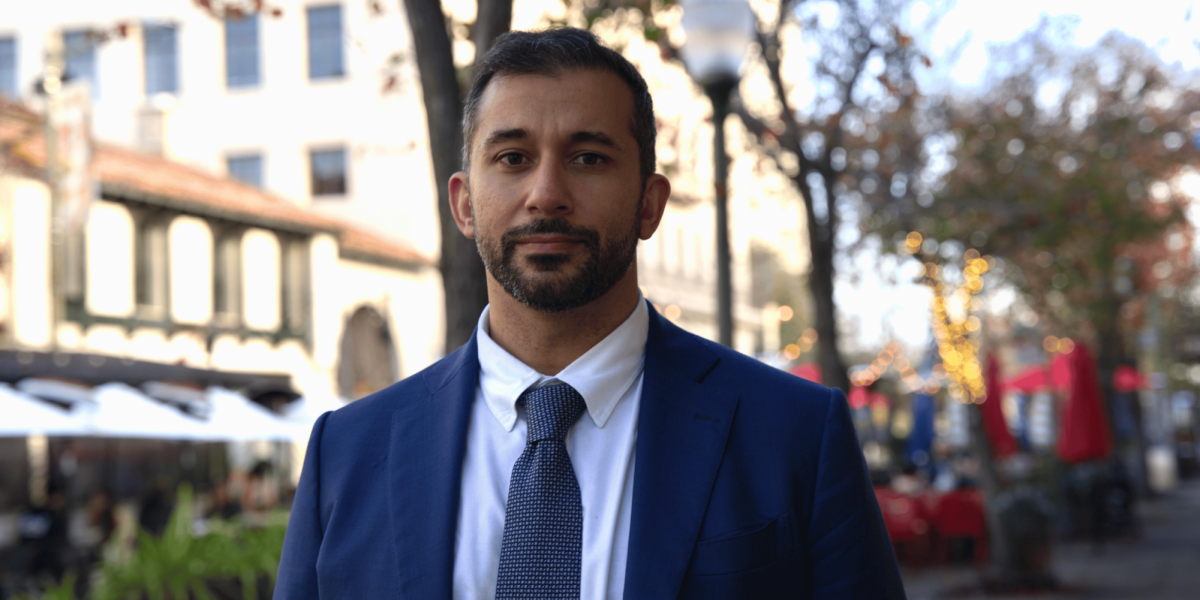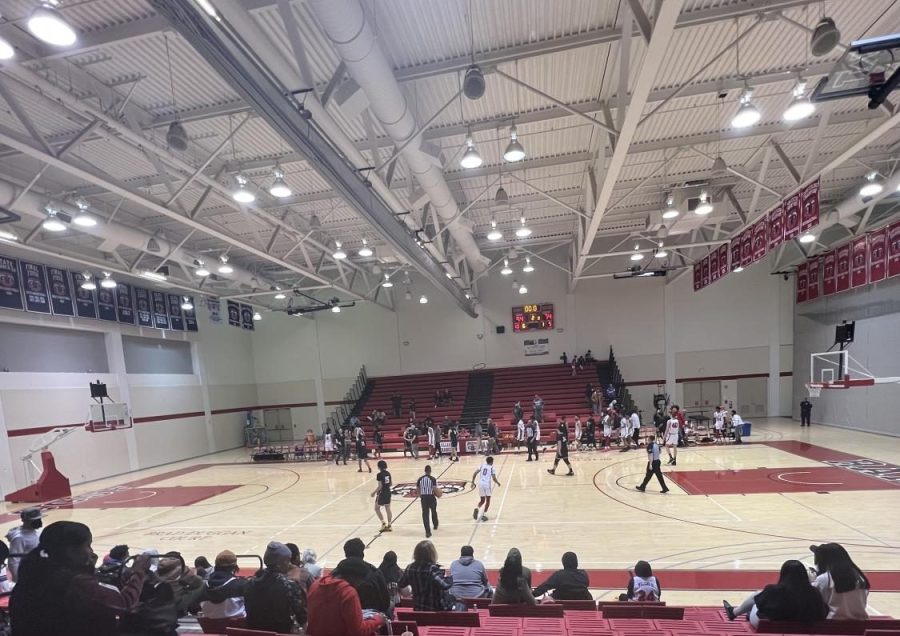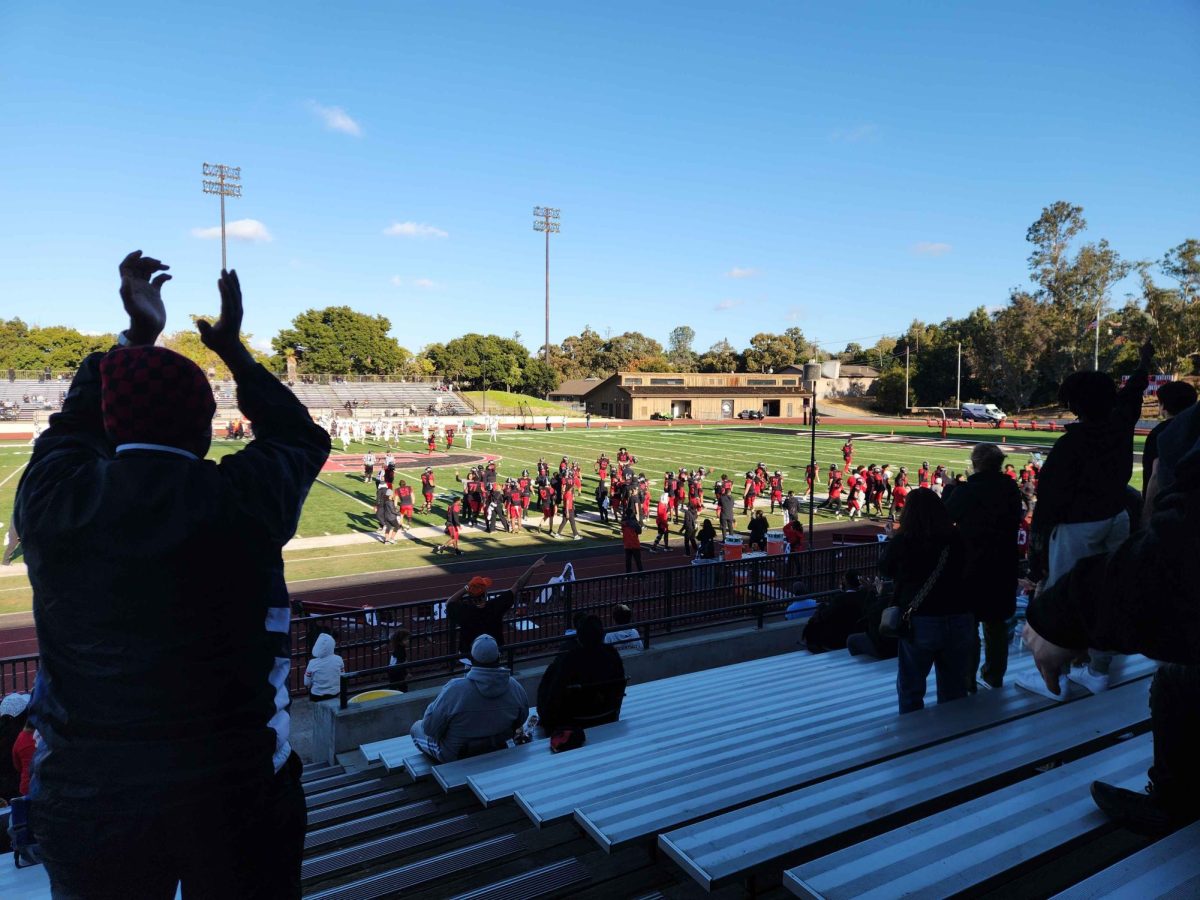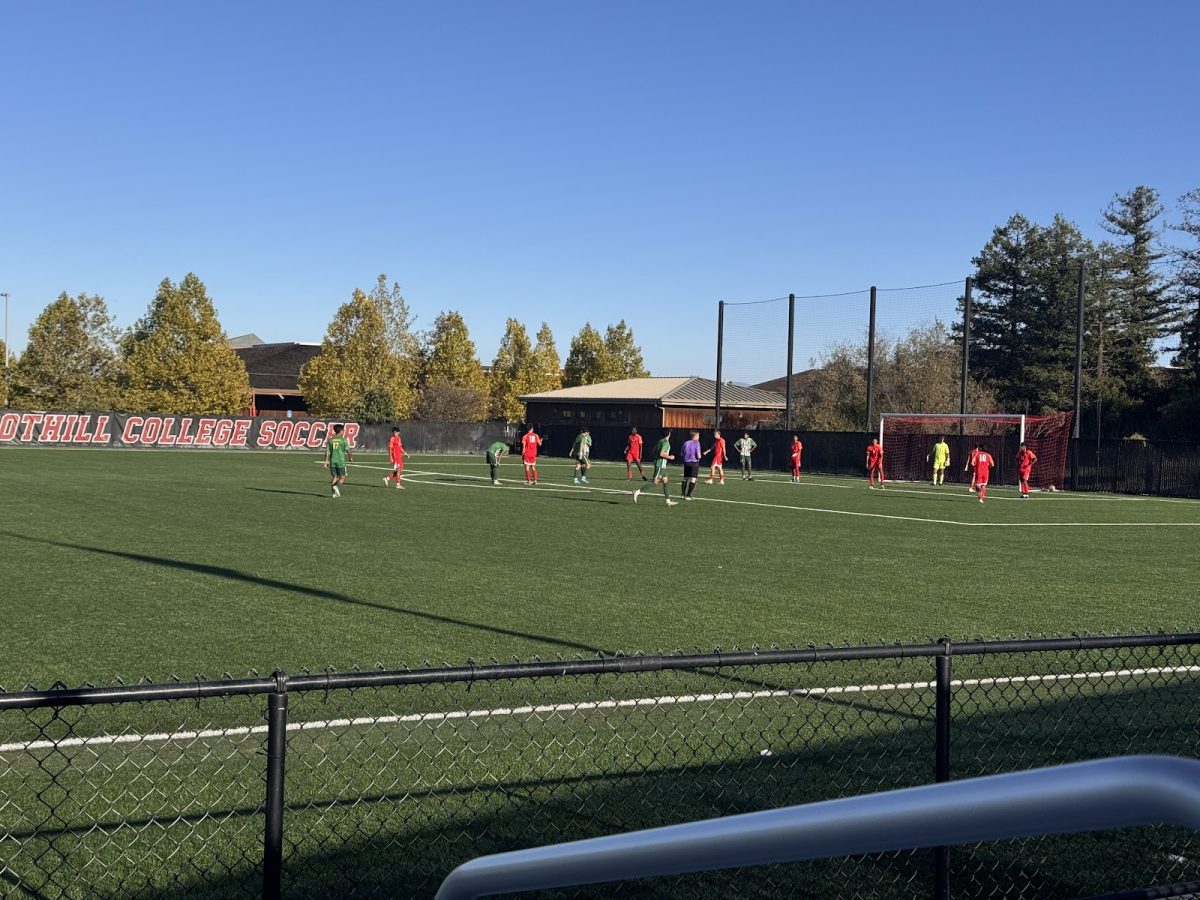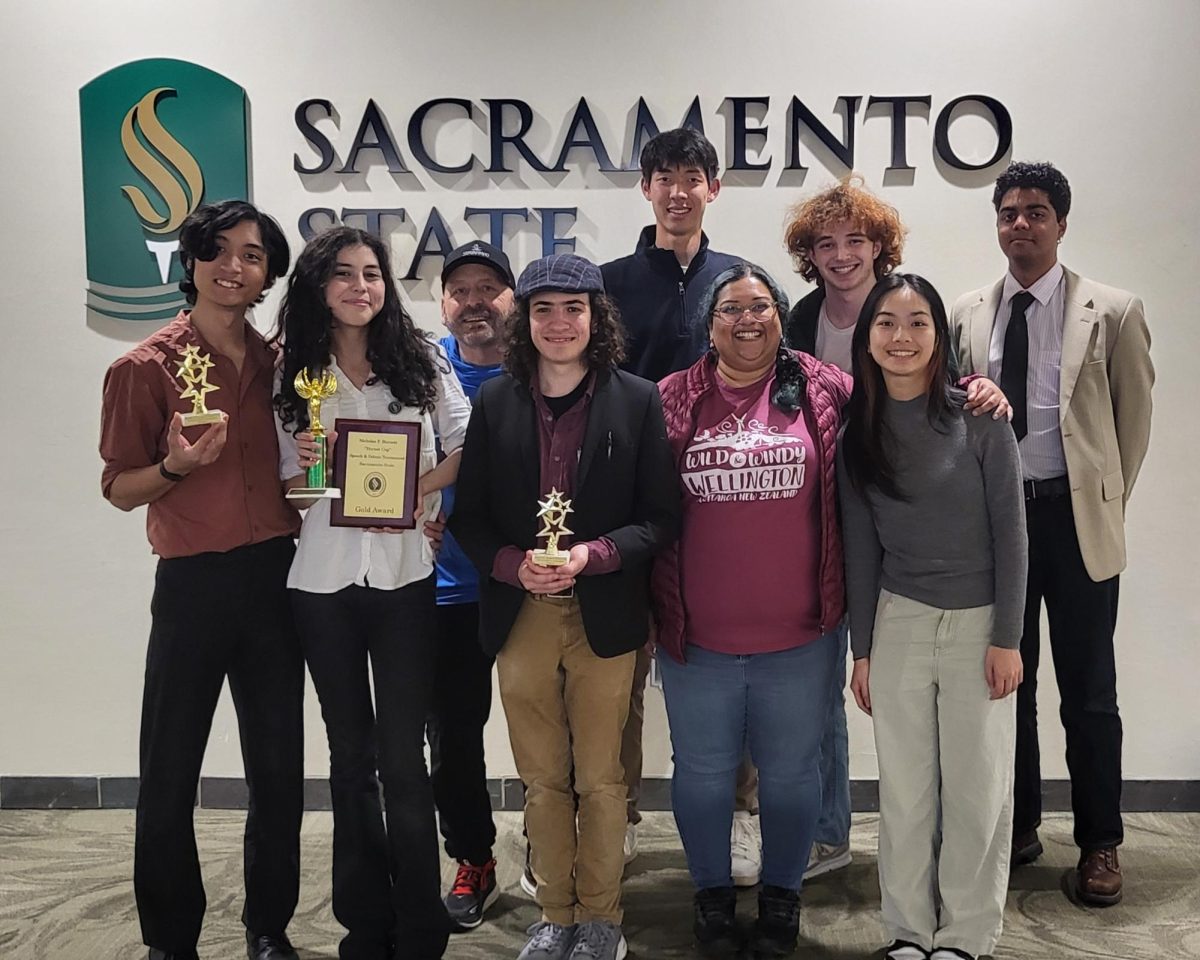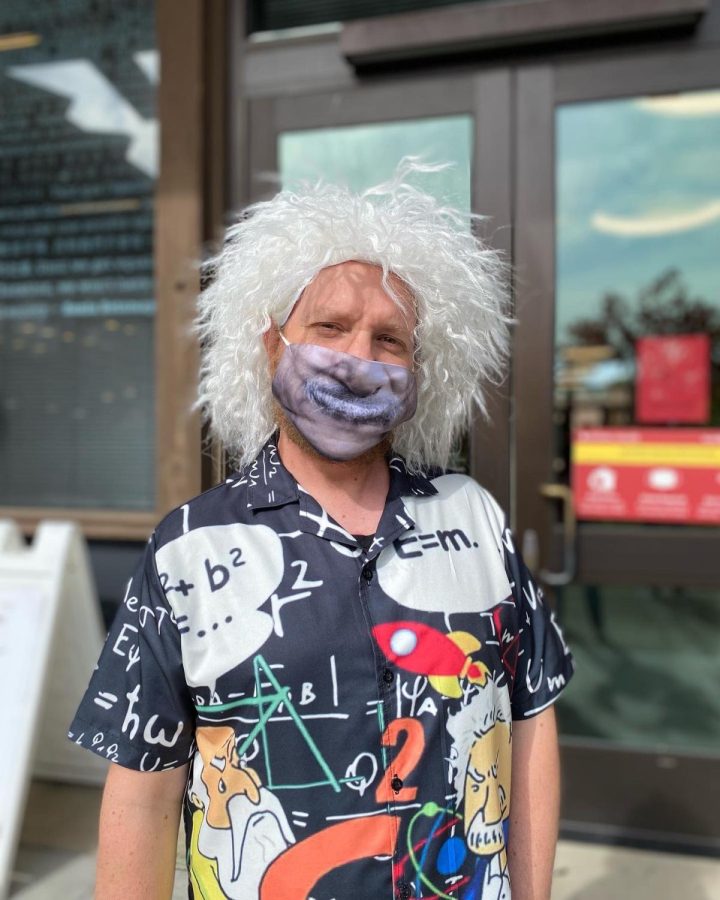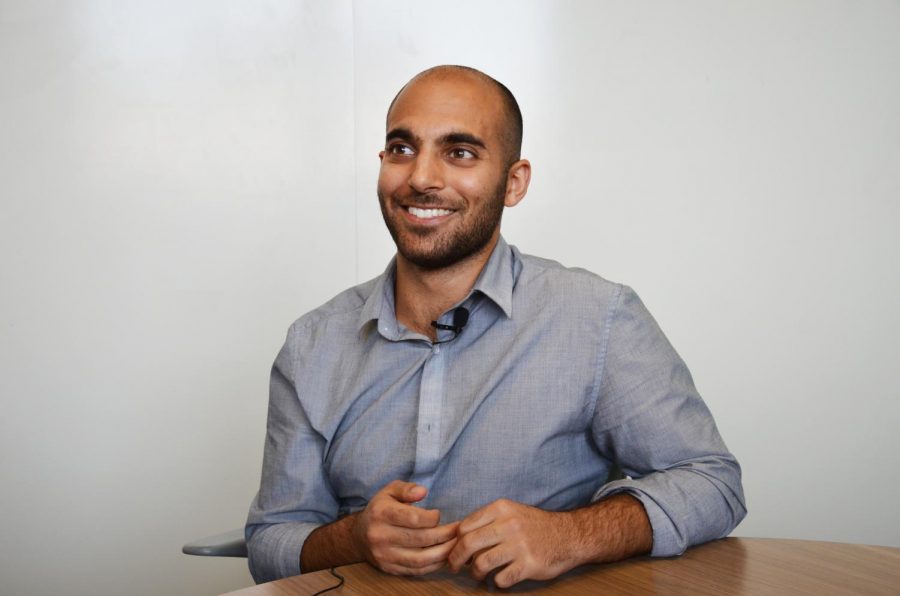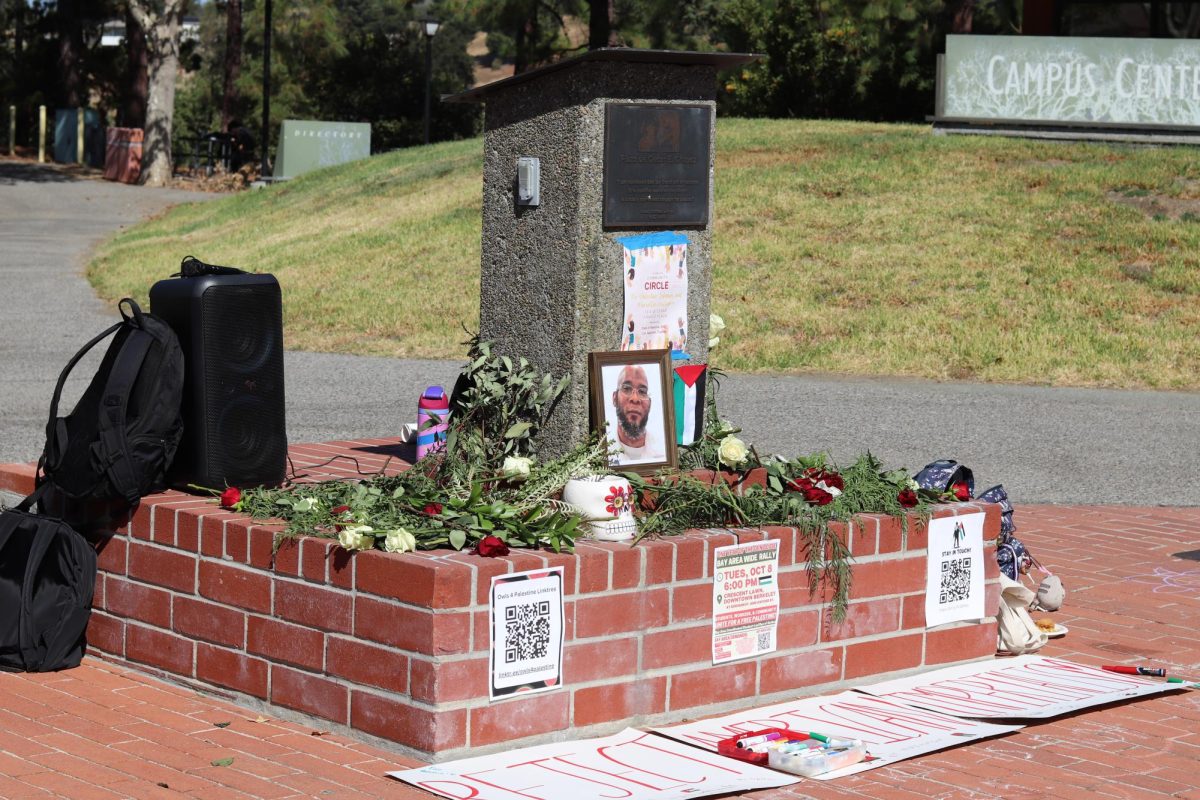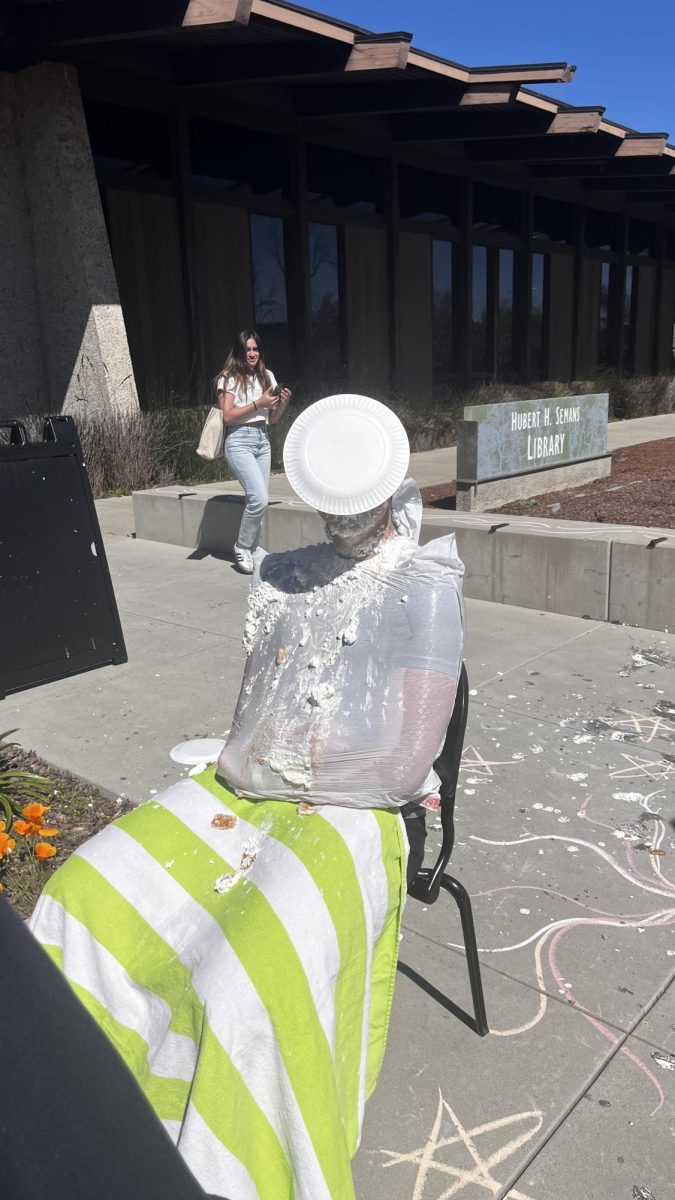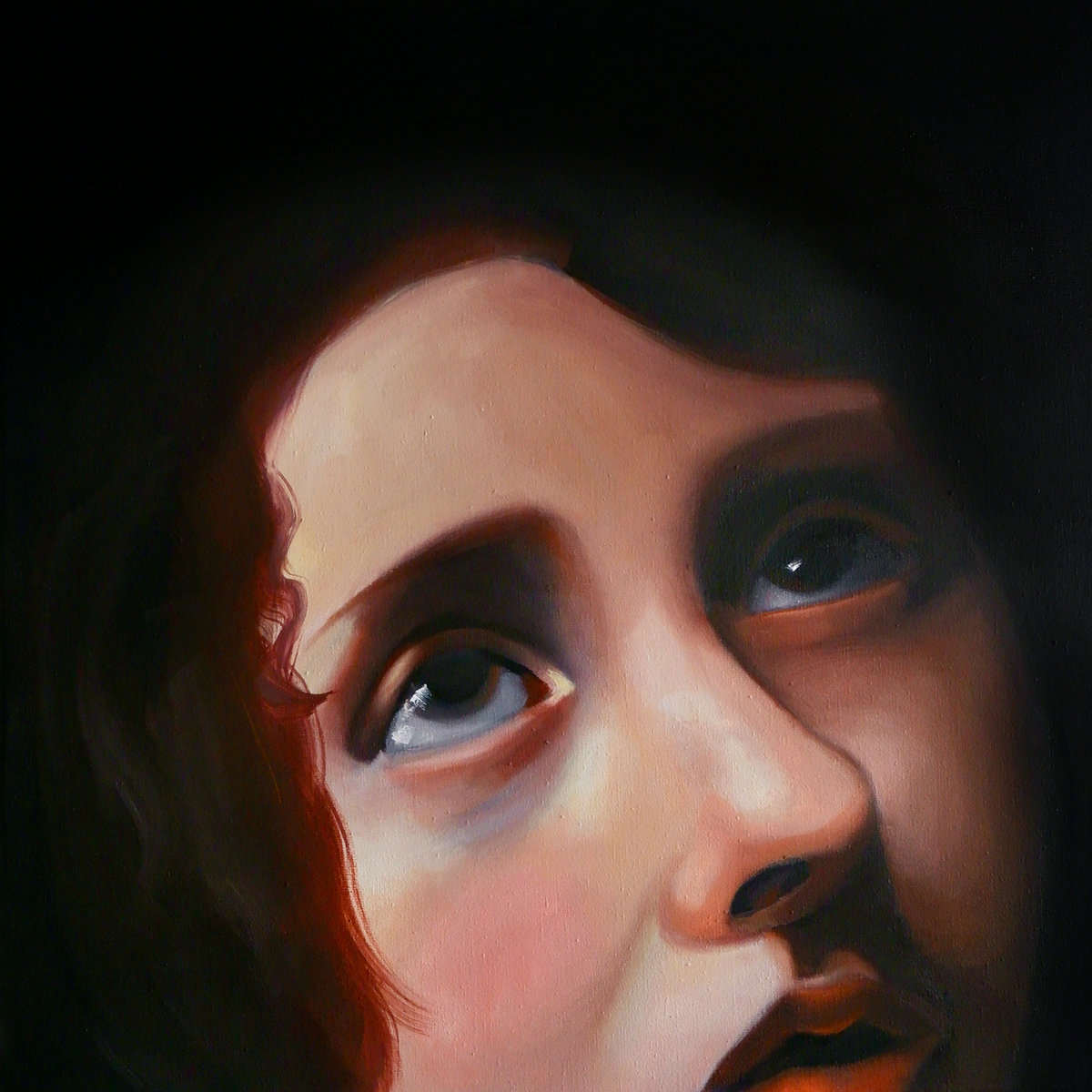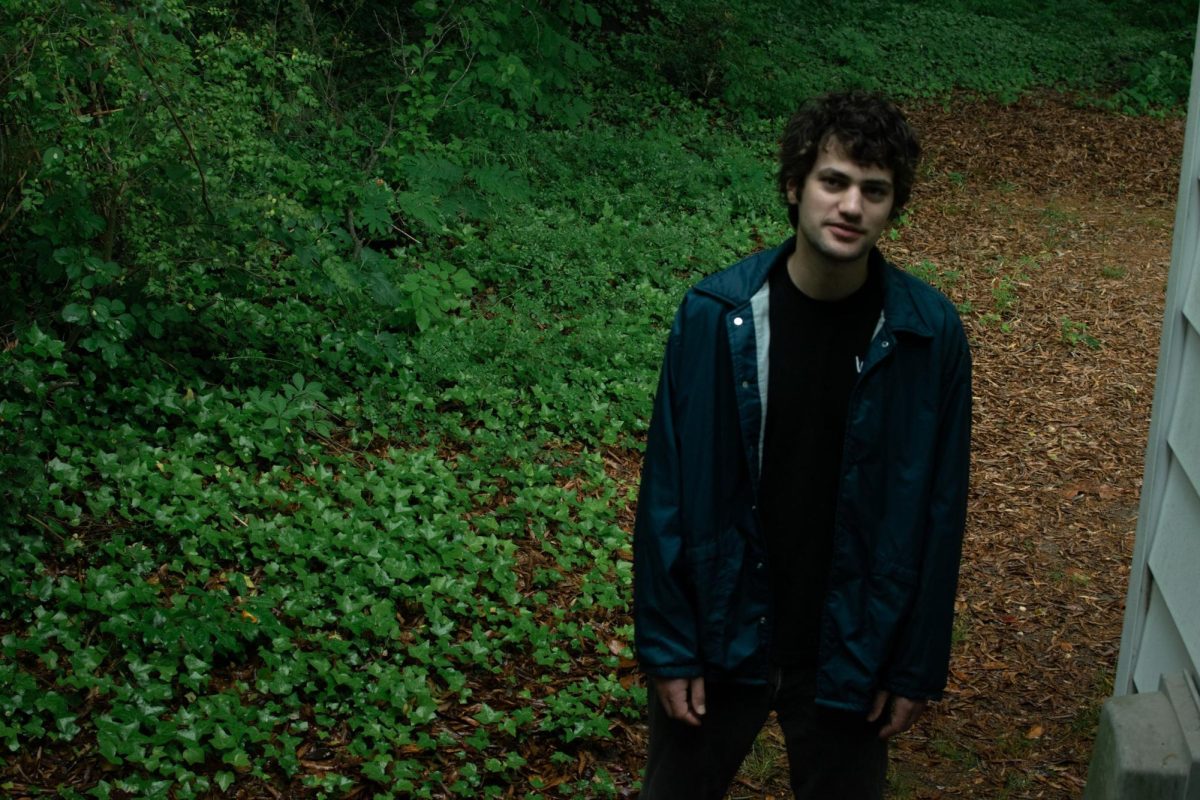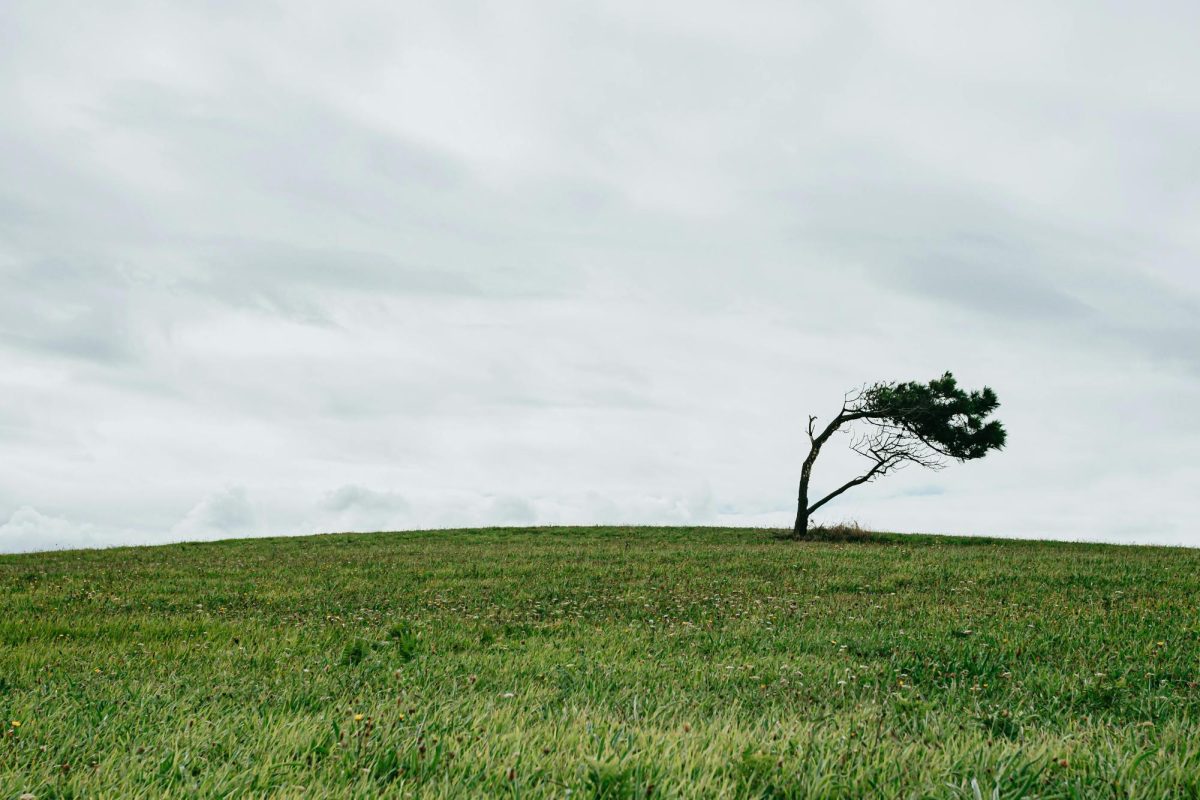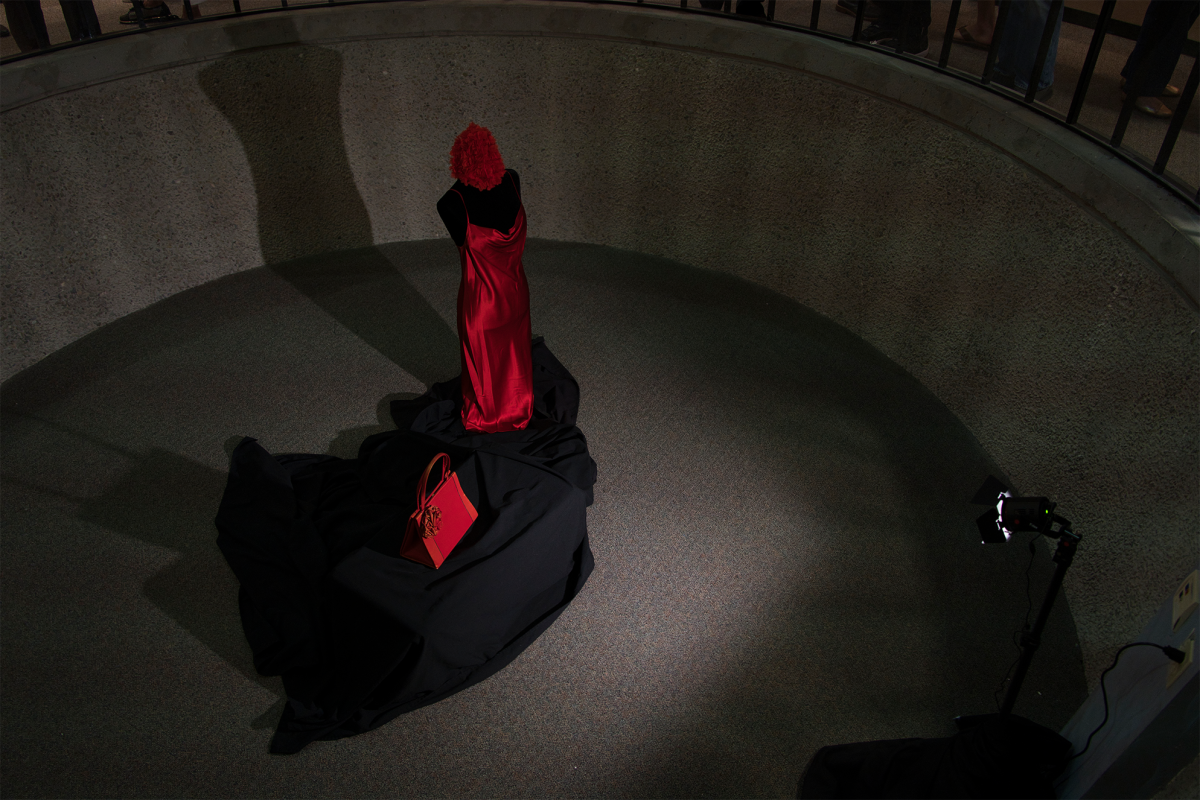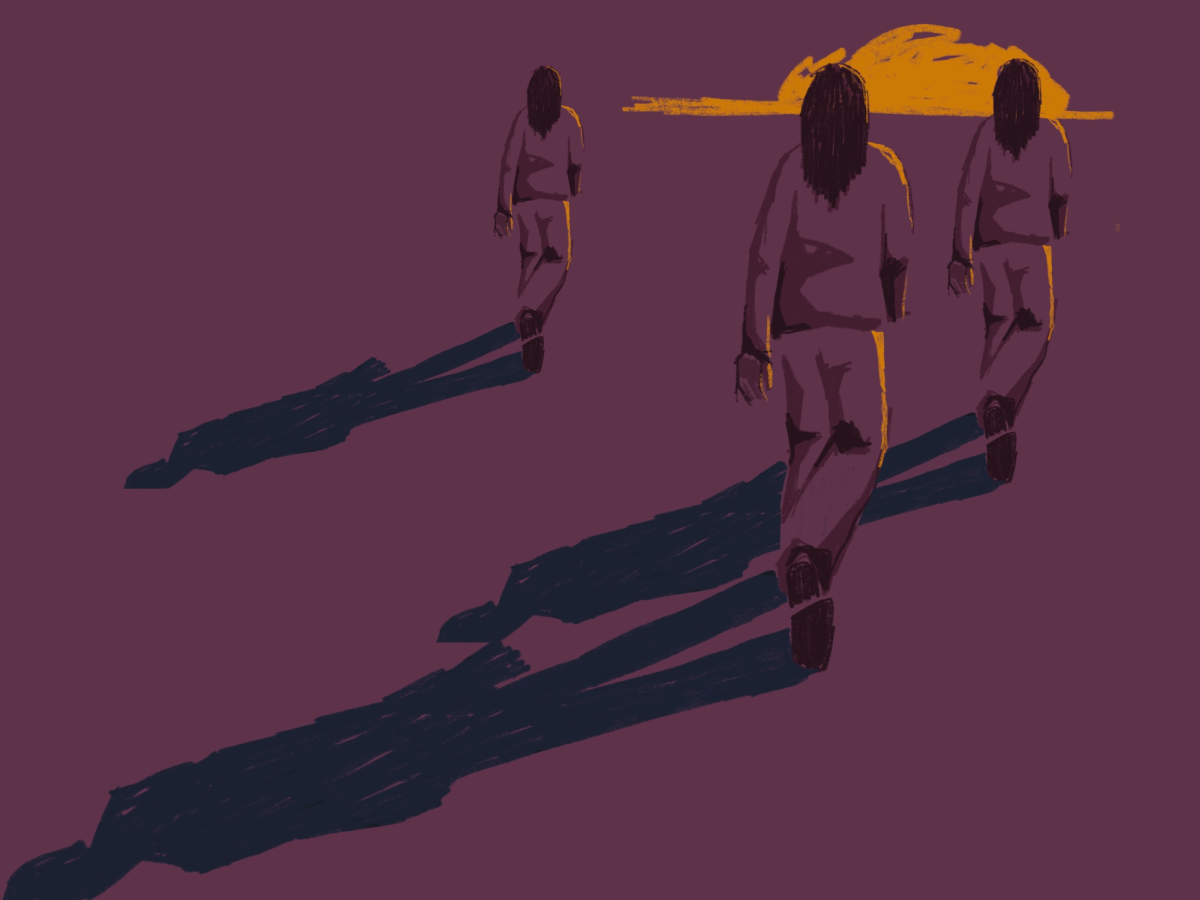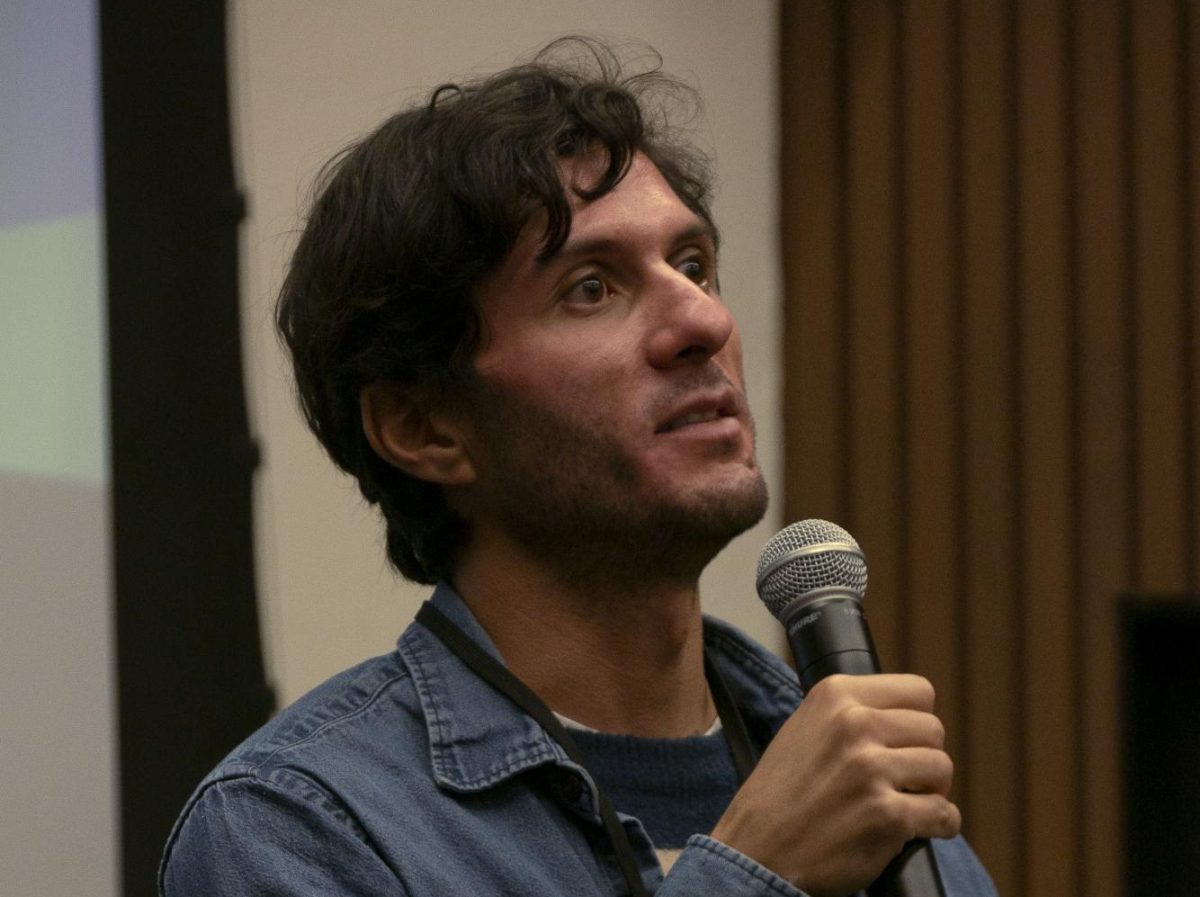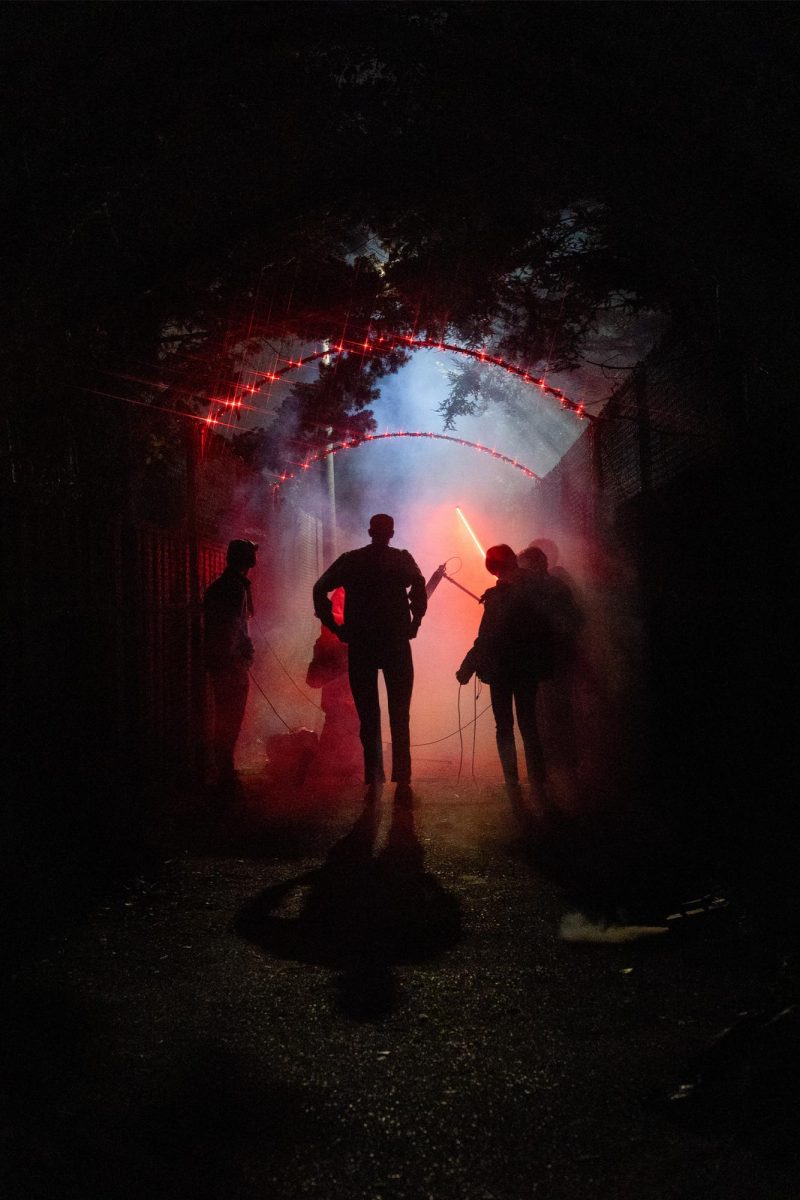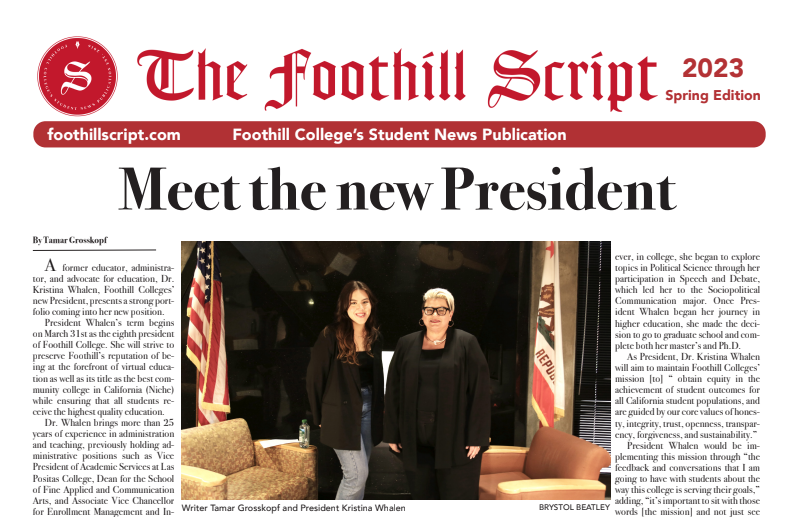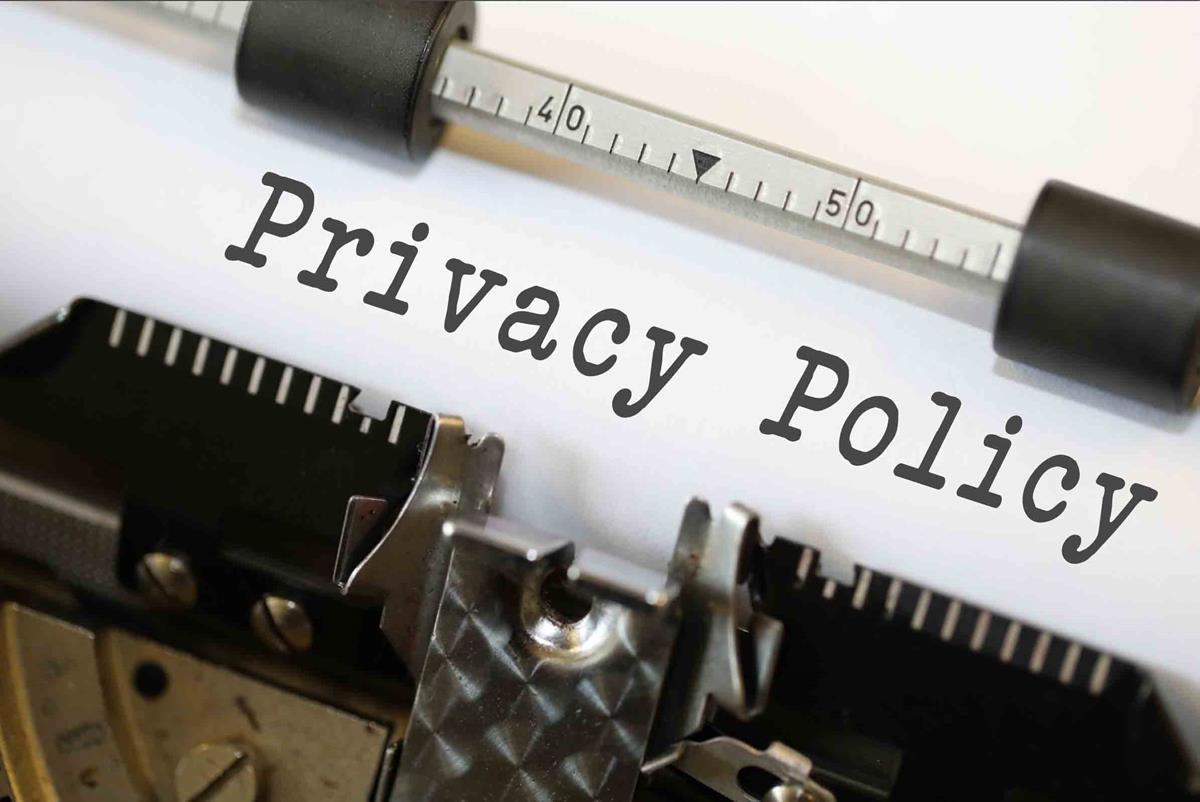A guide to gravity waves with Dr. Eliot Quataert
Theoretical Astrophysics Center at UC Berkeley
Dr. Eliot Quataert of the University of California, Berkeley presented the 18th annual Silicon Valley Astronomy Lecture.
January 27, 2018
On Wednesday the 24th, Dr. Eliot Quataert of the University of California, Berkeley presented the 18th annual Silicon Valley Astronomy Lecture in Foothill College’s very own Smithwick Theater. Dr. Quataert is an acclaimed Professor of Astronomy and Physics, and Director of Berkeley’s Theoretical Astrophysics center. Wednesday’s lecture broke down the subject of gravity waves and neutron star collisions into very digestible terms.
Scientists have long speculated that gravity exists as a waveform — the same way light or gamma rays do. However, it has been extremely difficult to confirm these waves, as they are not present in the same way as light. Gravity waves are essentially ripples in space time — stone thrown into a pond creates ripples.
To detect these waves, scientists have been working on the Laser Interferometer Gravitational-Wave Observatory (LIGO) since 1994. Two centers are hosted in the United States — one in Washington and one in Louisiana. The two observatories function by laser interferometry, which has been tuned so precisely it can measure any changes in mirror spacing in the machine to less than one ten-thousandth the charge diameter of a proton. For some perspective, this is equivalent to measuring the distance between Earth and Proxima Centauri with an accuracy smaller than the width of a human hair.
After several years of operation and fine tuning, LIGO was able to detect the collision of two Neutron Stars in February 2016. Neutron Stars are exceptionally dense, meaning they emit significantly more powerful gravitational waves than things like the Earth or the Sun.
The significance of this observation is two-fold: previously detected collisions by LIGO have all been collisions of black holes, which are not observable by any conventional means, as they do not allow anything to escape their event horizon. Observing the impact of Neutron stars confirms the process by which denser elements are formed.
By their own nature, black holes do not normally emit detectible energy, such as light. Humans have long speculated their existence because they form a kind of null point in space, and also because they do spew out certain kinds of radiation from time to time as they chew up matter. Neutron stars, on the other hand, are dense and small, but observable nonetheless.
Furthermore, by analyzing the various energy signatures emitted from the collision of the stars, scientists confirmed the presence of elements like Gold and Uranium, which are too dense to form normally in stars. It is believed normal solar fusion only produces elements as dense as Iron, which means many of the elements naturally present on Earth had unknown forms of creation — until now.
This discovery might not have many applications in regular day to day life, but it is a step forward in mankind understanding the universe around us. For those interested in more on the subject, Silicon Valley Astronomy has all their lectures posted on their Youtube channel.
In addition, Foothill offers numerous Astronomy courses, and has an Observatory open weekly, Fridays from 9pm to 11pm, and Saturday from 10am to noon. Foothill will be hosting an event to observe the coming Lunar Eclipse on Wednesday, January 31st at 4am in the observatory.
Dr. Geoff Mathews can be reached at [email protected] for any questions. Those interested in the Silicon Valley Astronomy lectures can email [email protected] to be added to a mailing list.





